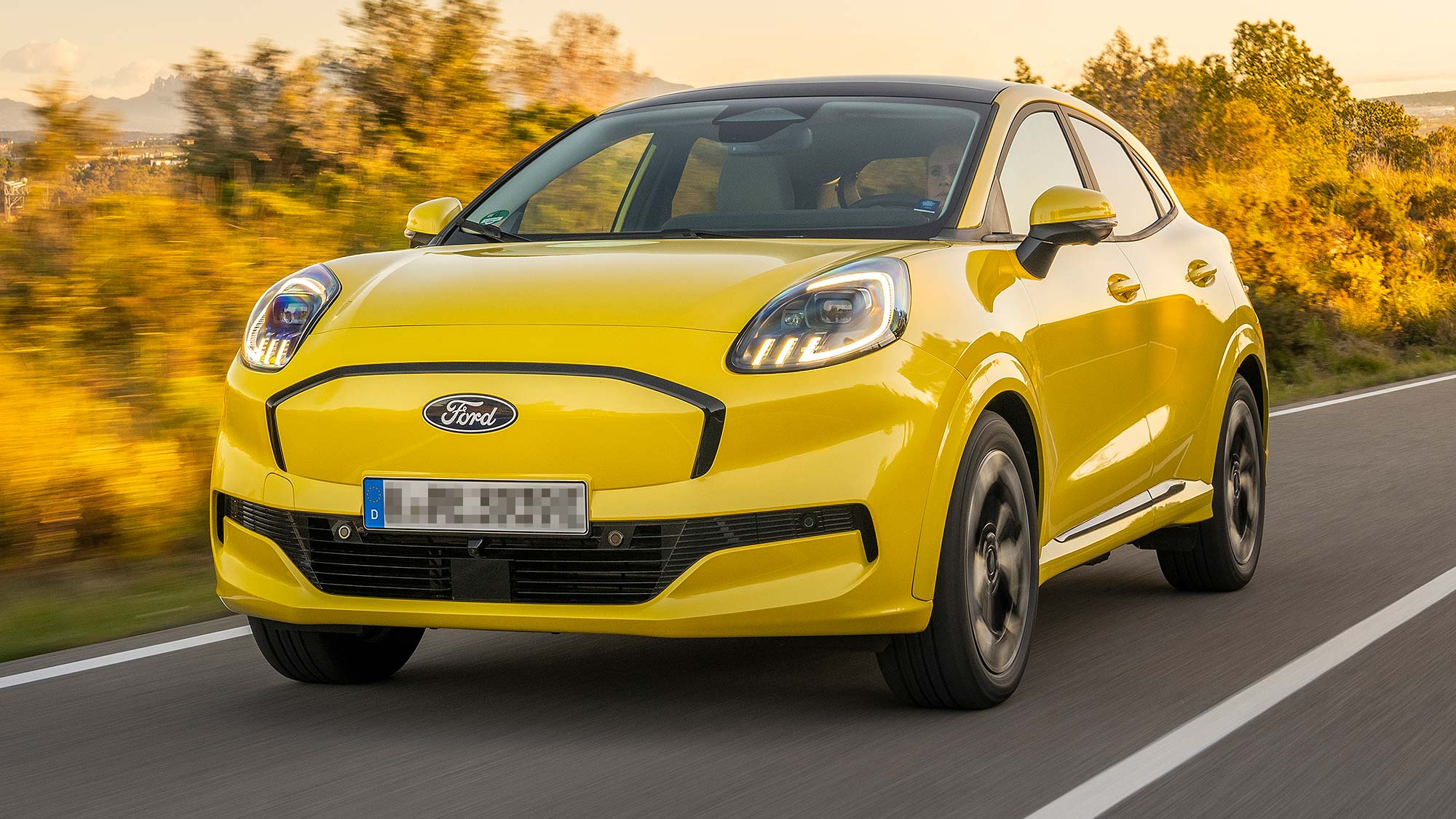A new ruling by the Department for Transport now makes it obligatory for all new electric and hybrid cars to be fitted with a system that emits a sound when around pedestrians. Known as AVAS, here’s why it’s needed and what it does.
1. What is AVAS and what does it mean?
AVAS, which stands for Acoustic Vehicle Alerting System, is a new safety device that now legally has to be fitted in all new models of electric and hybrid cars and vans. The device will automatically generate a sound at low speeds, from when the vehicle starts up to when it hits the speed of around 12mph (20kmph) and when reversing. This is when electric or hybrid cars are most likely to be near pedestrians. At speeds over 12mph, tyres, wind and other noise from the vehicle become loud enough that artificial sound is no longer required.
2. Why did the new ruling come about?
Electric and hybrid cars are significantly quieter on the road than “traditional” vehicles that are powered by a combustion engine. This is beneficial to the environment, but it can also increase the danger to other road users, especially to the visually impaired and cyclists, since they may not hear the cars around them.
In a written submission to UK Parliament in November 2017, the charity Guide Dogs noted that electric and hybrid vehicles are 40 per cent more likely to be involved in an accident which causes injury to a pedestrian. The introduction of AVAS will make it easier to hear electric and hybrid cars approaching, manoeuvring or departing.
The Motability Scheme offers a selection of electric and hybrid vehicles, including the BMW i3 and Hyundai IONIQ. Use our Car Search tool to view the full list.
3. Which cars will the new ruling affect?
AVAS already exists in certain electric or hybrid vehicles, with many currently having the option to disable the sound “if judged necessary”. The new regulation mandates that from July 2019 onwards, all new types of electric and hybrid vehicles sold must come equipped with AVAS. The new law on AVAS follows a similar decision in the United States that comes into force this year. One grey area at present is how the ruling will affect the electric vehicles already on the road—those models built before the decision came into force. Retrofitting those models with AVAS is one possibility, but no decision has yet been made.
4. What will an AVAS sound like?
Manufacturers are free to determine the exact pitch and tone of their AVAS and keen to create a sound unique to their brand. In time, certain models are also likely to give the driver the option to choose between a range of sounds. Several early versions have sounded variously like a low whistle, and like the sound of a spaceship gently taking off. However, the European Union has specified that the sound must be similar, but not louder, than a traditional combustion engine.
About the Scheme
The Motability Scheme allows you to exchange all or part of your higher rate mobility allowance for leasing a car, scooter or powered wheelchair. For more information about joining the Scheme use our eligibility checker and request a free information pack.
You can search the full range of cars on the Scheme using our Car Search Tool. If you are already a customer, you can find out more about the process of getting your next car and see a month-by-month breakdown of the process leading up to the day of collection.
Related links
‘It removes stigma’: how tech breaks down barriers for disabled students
How Advanced Driver Assistance Systems (ADAS) can help drivers with disabilities
Almost 70 per cent of new cars available with active protective tech
![]()








